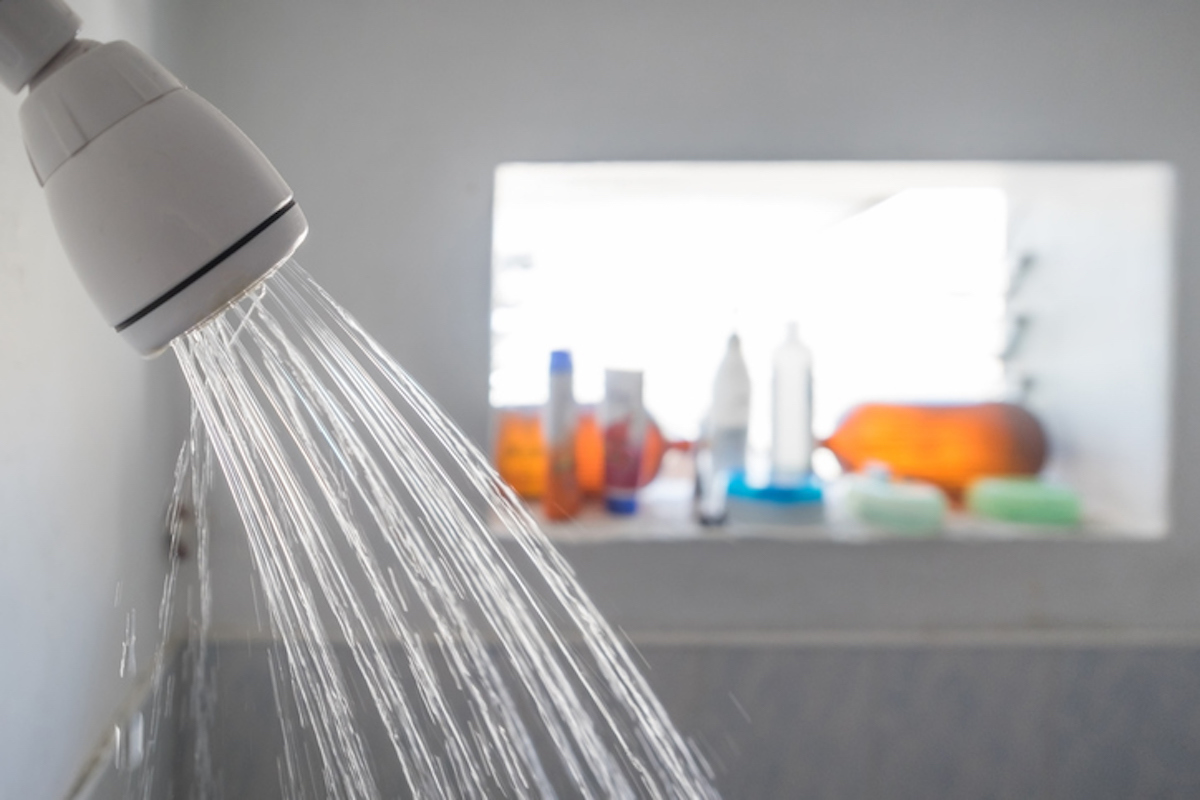

Articles
How To Increase Water Pressure At Showerhead
Modified: August 27, 2024
Learn effective techniques and solutions to increase water pressure at your showerhead with our informative articles. Discover how to enjoy a powerful and invigorating shower experience.
(Many of the links in this article redirect to a specific reviewed product. Your purchase of these products through affiliate links helps to generate commission for Storables.com, at no extra cost. Learn more)
Introduction
Having a strong and consistent water pressure in your shower can greatly enhance your bathing experience. However, if you have been struggling with low water pressure in your showerhead, it can be quite frustrating. There are several factors that can contribute to low water pressure, including clogs in the pipes, faulty fixtures, or even an issue with the water supply itself.
In this article, we will explore some common causes of low water pressure and discuss effective methods to increase water pressure at the showerhead. By following these steps, you can enjoy a refreshing and invigorating shower experience every time.
Key Takeaways:
- Regularly cleaning your showerhead and removing flow restrictors can significantly improve water pressure, providing a revitalizing and satisfying shower experience.
- Installing a shower pump or replacing the showerhead with a high-pressure model can effectively boost water flow, enhancing your shower experience.
Read more: How To Increase Water Pressure In Sink
Common Causes of Low Water Pressure
Before you can effectively increase the water pressure at your showerhead, it is important to identify the underlying cause of the low water pressure. Here are some common factors that can contribute to this issue:
- Pipe clogs: Over time, mineral deposits, debris, and sediment can accumulate in the pipes, leading to reduced water flow and pressure.
- Water leaks: Undetected leaks in your plumbing system can result in a decrease in water pressure. It is important to regularly inspect your pipes for any signs of leakage.
- Pressure regulators: Faulty or malfunctioning pressure regulators can limit the water pressure reaching your showerhead, resulting in reduced flow.
- Water supply issues: If your water provider is experiencing low water pressure or performing maintenance work, it can affect the water pressure in your home.
- Old plumbing system: Aging pipes and plumbing fixtures can restrict water flow and contribute to low water pressure issues.
By understanding the potential causes of low water pressure, you can take appropriate measures to address them and improve the water flow in your shower.
Check the Water Pressure
Before making any adjustments or modifications, it’s important to determine the current water pressure in your shower. This will give you a baseline to work with and help you gauge the effectiveness of any changes you make.
To check the water pressure, you can use a simple pressure gauge that can be attached to your hose bib or an outdoor faucet. Connect the gauge to the faucet and turn on the water. The gauge will display the pressure in pounds per square inch (PSI). Ideally, the water pressure in your home should be between 45 and 80 PSI.
If the water pressure reading is below the recommended range, you can move forward with implementing the following methods to increase the water pressure at your showerhead. However, if the pressure is already within the acceptable range, it’s possible that the low water pressure issue lies within your showerhead or internal plumbing system, rather than the overall water supply.
Keep in mind that if you are unsure or uncomfortable checking the water pressure yourself, you can always contact a professional plumber who can accurately assess the water pressure and provide guidance on increasing it.
Increase Water Pressure at the Showerhead
Once you have identified low water pressure as an issue in your showerhead, there are several methods you can try to increase the water pressure and improve your shower experience. Here are some effective approaches:
- Clean the Showerhead: Over time, mineral deposits and debris can build up in the small openings of your showerhead, restricting water flow. Remove the showerhead and soak it in a mixture of vinegar and water to dissolve the deposits. Scrub the showerhead gently with a brush to remove any remaining debris, then rinse it thoroughly and reattach it to the shower arm.
- Remove Flow Restrictors: Some showerheads are equipped with flow restrictors that limit the amount of water flow to conserve water. These restrictors can significantly reduce water pressure. To remove the flow restrictor, unscrew the showerhead, locate the small plastic or metal piece inside the showerhead, and gently pry it out. Be sure to keep the flow restrictor in case you need to reinstall it in the future.
- Install a Shower Pump: If your water pressure is consistently low throughout your home, you may consider installing a shower pump. A shower pump increases water pressure by boosting the flow of water to your shower. Consult with a professional plumber to determine the right pump for your needs and to ensure proper installation.
- Replace the Showerhead: If all else fails, you may need to replace your showerhead. Look for a showerhead specifically designed to increase water pressure. There are various options available, such as high-pressure showerheads or rain showerheads, that can provide a more powerful and enjoyable shower experience.
Remember to test the water pressure after implementing each method to assess the effectiveness of your efforts. It may require some trial and error to find the best solution for your specific situation.
By following these steps and taking the necessary measures, you can significantly increase the water pressure at your showerhead and enjoy a revitalizing shower experience with strong and consistent water flow.
Clean the Showerhead
One of the most common reasons for low water pressure at the showerhead is a buildup of mineral deposits and debris. Over time, these substances can clog the small openings in the showerhead, restricting the flow of water. Cleaning your showerhead regularly can help restore the water pressure and enhance your shower experience. Here’s how you can clean your showerhead:
- Remove the showerhead: Start by unscrewing the showerhead from the shower arm. Use an adjustable wrench or pliers, if necessary, to loosen it. Be careful not to damage the showerhead or the shower arm in the process.
- Soak in vinegar: Fill a bowl or container with equal parts vinegar and water. Submerge the showerhead in the mixture, making sure the face of the showerhead is fully covered. Allow it to soak for at least 30 minutes to an hour. Vinegar is an effective natural cleaner that helps dissolve mineral deposits.
- Scrub the showerhead: After soaking, take a soft brush, such as an old toothbrush, and scrub the showerhead. Pay close attention to the small openings and remove any remaining debris or mineral buildup. Be gentle while scrubbing to avoid damaging the showerhead.
- Rinse thoroughly: Once you have thoroughly scrubbed the showerhead, rinse it well with water to remove any vinegar residue or loosened debris. Make sure to flush all the openings to ensure proper water flow.
- Reattach the showerhead: After cleaning and rinsing the showerhead, reattach it to the shower arm. Tighten it securely but be careful not to overtighten to prevent any leakage.
Regularly cleaning your showerhead, at least once every few months, can prevent the buildup of mineral deposits and debris, ensuring optimal water flow and pressure. If you live in an area with hard water, you may need to clean your showerhead more frequently.
Cleaning the showerhead is a simple and effective way to improve water pressure in your shower. By following these steps, you can enjoy a revitalizing shower experience with a strong and consistent water flow.
Check for any clogs or mineral build-up in the showerhead and clean it regularly. You can also consider installing a high-pressure showerhead for increased water pressure.
Read more: How To Increase Water Pressure In Bidet
Remove Flow Restrictors
Flow restrictors are small devices installed in showerheads to limit the amount of water flow. While they are intended to conserve water, they can also significantly reduce water pressure, resulting in a weak and unsatisfying shower experience. If you’re dealing with low water pressure at your showerhead, removing the flow restrictor can help increase water flow and improve the pressure. Here’s how you can remove the flow restrictor:
- Unscrew the showerhead: Start by unscrewing the showerhead from the shower arm. Use an adjustable wrench or pliers, if necessary, to loosen it. Be careful not to damage the showerhead or the shower arm in the process.
- Locate the flow restrictor: Once the showerhead is removed, inspect the inside of the showerhead. Look for a small plastic or metal piece that is blocking the water flow. This is the flow restrictor.
- Remove the flow restrictor: Gently pry the flow restrictor out of the showerhead using a small screwdriver or your fingers. Be cautious not to damage the surrounding components. Keep the flow restrictor in case you need to reinstall it in the future.
- Reattach the showerhead: After removing the flow restrictor, reattach the showerhead to the shower arm. Ensure it is securely tightened but avoid overtightening to prevent any leakage.
By removing the flow restrictor, you allow more water to flow through the showerhead, resulting in increased water pressure. However, keep in mind that removing the flow restrictor may cause higher water consumption during showers. If water conservation is a priority for you, consider using a high-efficiency showerhead that provides a satisfying shower experience while still maintaining water-saving features.
If you’re unsure about removing the flow restrictor yourself, it’s always recommended to consult a professional plumber for assistance. They can help assess your specific situation and provide guidance on the best course of action to increase water pressure in your shower.
By removing the flow restrictor, you can enjoy a more robust and invigorating shower experience with improved water pressure and flow.
Install a Shower Pump
If you are experiencing consistently low water pressure throughout your home, including in your shower, installing a shower pump can be an effective solution. A shower pump is designed to boost water flow and increase water pressure, resulting in a more powerful and satisfying shower experience. Here’s what you need to know about installing a shower pump:
- Assess your water pressure: Before installing a shower pump, it’s important to determine if low water pressure is a problem throughout your home. Check the water pressure at different faucets and fixtures to ensure it’s not isolated to just the shower. This will help you determine if a shower pump is a suitable solution.
- Choose the right shower pump: There are different types of shower pumps available, including inline pumps and booster pumps. Consult with a professional plumber to determine the right type and size of pump for your specific needs and plumbing system. They can assess your water pressure and recommend the appropriate pump that will effectively increase water flow and pressure in your shower.
- Hire a professional plumber: Although some DIY enthusiasts may attempt to install a shower pump themselves, it is highly recommended to hire a professional plumber for this job. Installing a shower pump involves electrical connections and proper positioning, which are best handled by an experienced and licensed plumber. They will ensure that the pump is installed correctly and integrated seamlessly into your plumbing system.
- Consider additional features: Some shower pumps come with additional features such as adjustable pressure settings or built-in timers. These features allow you to customize your shower experience and conserve water, making your showers more efficient and enjoyable.
Installing a shower pump can be an investment, but it can greatly enhance your shower experience if you have consistently low water pressure in your home. A professional plumber can guide you through the process, ensure proper installation, and help you select the appropriate shower pump for your specific needs.
By installing a shower pump, you can enjoy a powerful and revitalizing shower experience with increased water flow and enhanced water pressure.
Replace the Showerhead
If you have tried various methods to increase water pressure at your showerhead without success, it may be time to consider replacing it. A new showerhead specifically designed to increase water pressure can make a significant difference in your shower experience. Here’s what you need to know about replacing your showerhead:
- Select the right showerhead: When choosing a new showerhead, look for options that are specifically designed to improve water pressure. High-pressure showerheads or rain showerheads are popular choices that can provide a stronger and more satisfying shower experience. Consider your preferences, budget, and any additional features or functionalities you desire.
- Measure compatibility: Ensure that the new showerhead is compatible with your existing shower arm. Most showerheads are designed to fit standard shower arms, but it’s always a good idea to double-check the measurements to avoid any compatibility issues.
- Remove the old showerhead: Start by unscrewing the existing showerhead from the shower arm. Use an adjustable wrench or pliers, if necessary, to loosen it. Be careful not to damage the shower arm while removing the old showerhead.
- Apply plumber’s tape: Before installing the new showerhead, wrap some plumber’s tape around the threads of the shower arm. This will create a tight seal and prevent any leakage when the new showerhead is attached.
- Attach the new showerhead: Screw the new showerhead onto the shower arm, ensuring a snug fit. Use your hands to tighten it securely, but be careful not to overtighten to avoid damaging the showerhead or the shower arm.
- Test and adjust: Once the new showerhead is installed, turn on the water and test the water pressure. Adjust any flow or pressure settings on the showerhead, if applicable, to achieve your desired shower experience.
Replacing your showerhead with a model designed to increase water pressure is a relatively simple and cost-effective solution. It can provide you with a more enjoyable and invigorating shower experience, ensuring that you have strong and consistent water flow.
If you’re uncertain about installing a new showerhead yourself, or if you encounter any difficulties during the installation process, it’s always recommended to consult a professional plumber for assistance. They have the expertise and tools to ensure a proper and seamless installation.
By replacing your showerhead, you can elevate your shower experience by enjoying a powerful and refreshing flow of water.
Conclusion
Dealing with low water pressure at the showerhead can be frustrating, but there are several effective methods to increase water pressure and improve your shower experience. By addressing common causes of low water pressure and implementing the appropriate solutions, you can enjoy a revitalizing and satisfying shower every time.
First, it is important to identify the underlying cause of the low water pressure. Factors such as pipe clogs, water leaks, pressure regulators, water supply issues, and aging plumbing systems can all contribute to reduced water flow and pressure. Once you have determined the cause, you can proceed with the appropriate steps to address the issue.
Methods such as cleaning the showerhead, removing flow restrictors, installing a shower pump, and replacing the showerhead can all help increase water pressure at the showerhead. Cleaning the showerhead regularly is essential to remove mineral deposits and debris that can restrict water flow. Removing flow restrictors can allow for a higher volume of water flow, providing increased pressure. Installing a shower pump can boost water flow throughout your entire home, including the shower. Lastly, replacing the showerhead with a model designed for high water pressure can significantly improve your shower experience.
Remember to test and adjust the water pressure after implementing each method to ensure the desired results. It may require some trial and error to find the best solution for your specific situation.
If you are uncertain about any of the steps or encounter difficulties during the process, it is recommended to seek the assistance of a professional plumber. They can provide expert guidance, accurately assess your water pressure, and ensure proper installation or repairs.
By taking the necessary steps to increase water pressure at your showerhead, you can transform your shower into a rejuvenating and revitalizing experience. Say goodbye to weak water flow and enjoy the invigorating sensation of a high-pressure shower.
Frequently Asked Questions about How To Increase Water Pressure At Showerhead
Was this page helpful?
At Storables.com, we guarantee accurate and reliable information. Our content, validated by Expert Board Contributors, is crafted following stringent Editorial Policies. We're committed to providing you with well-researched, expert-backed insights for all your informational needs.
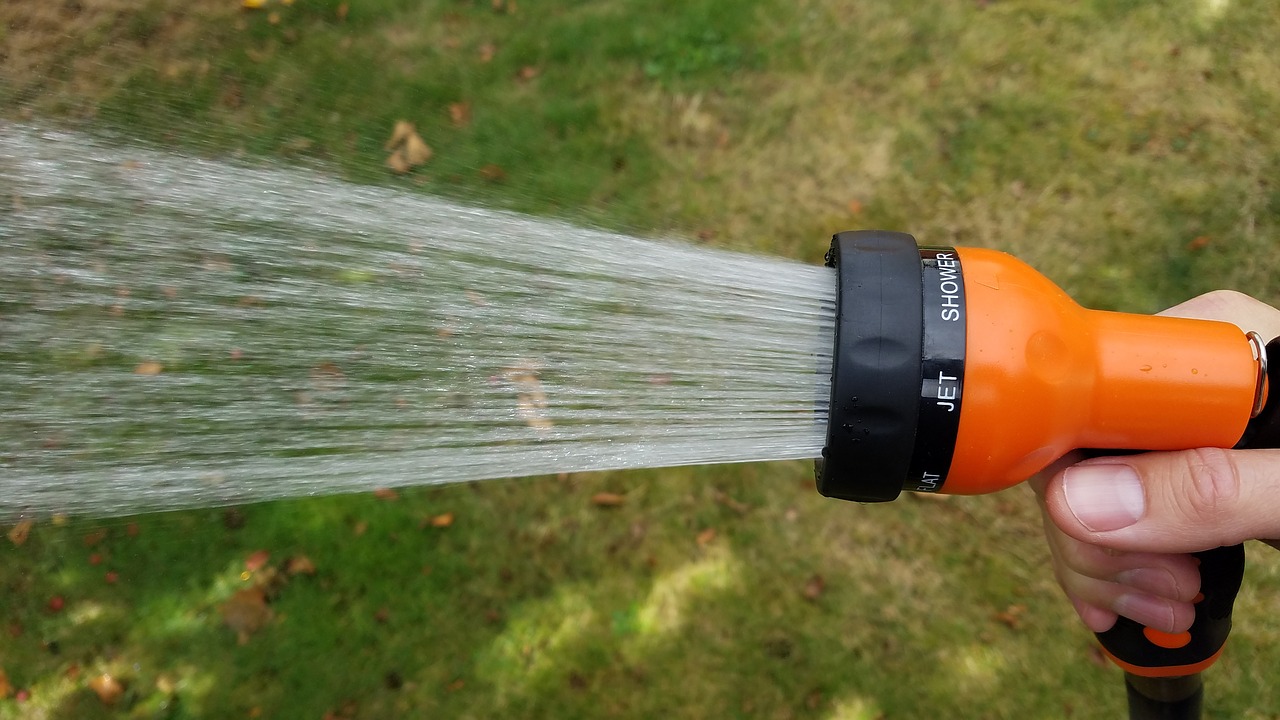

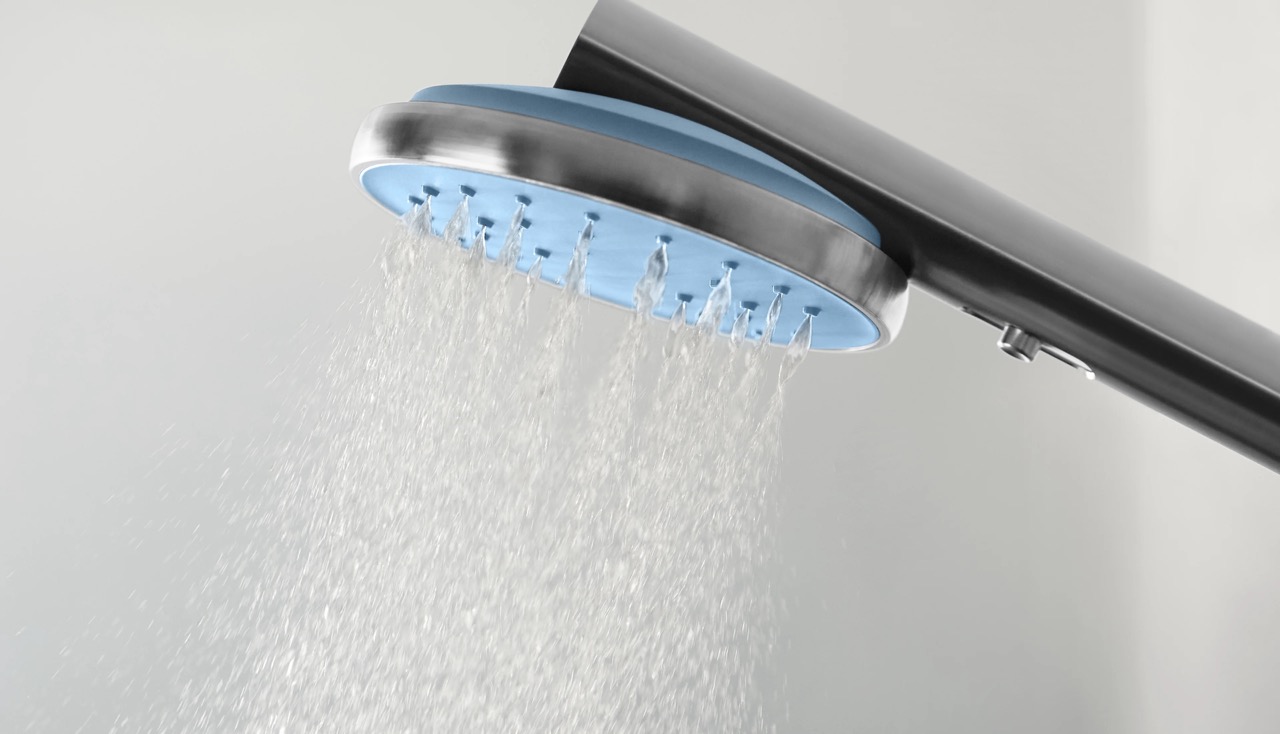

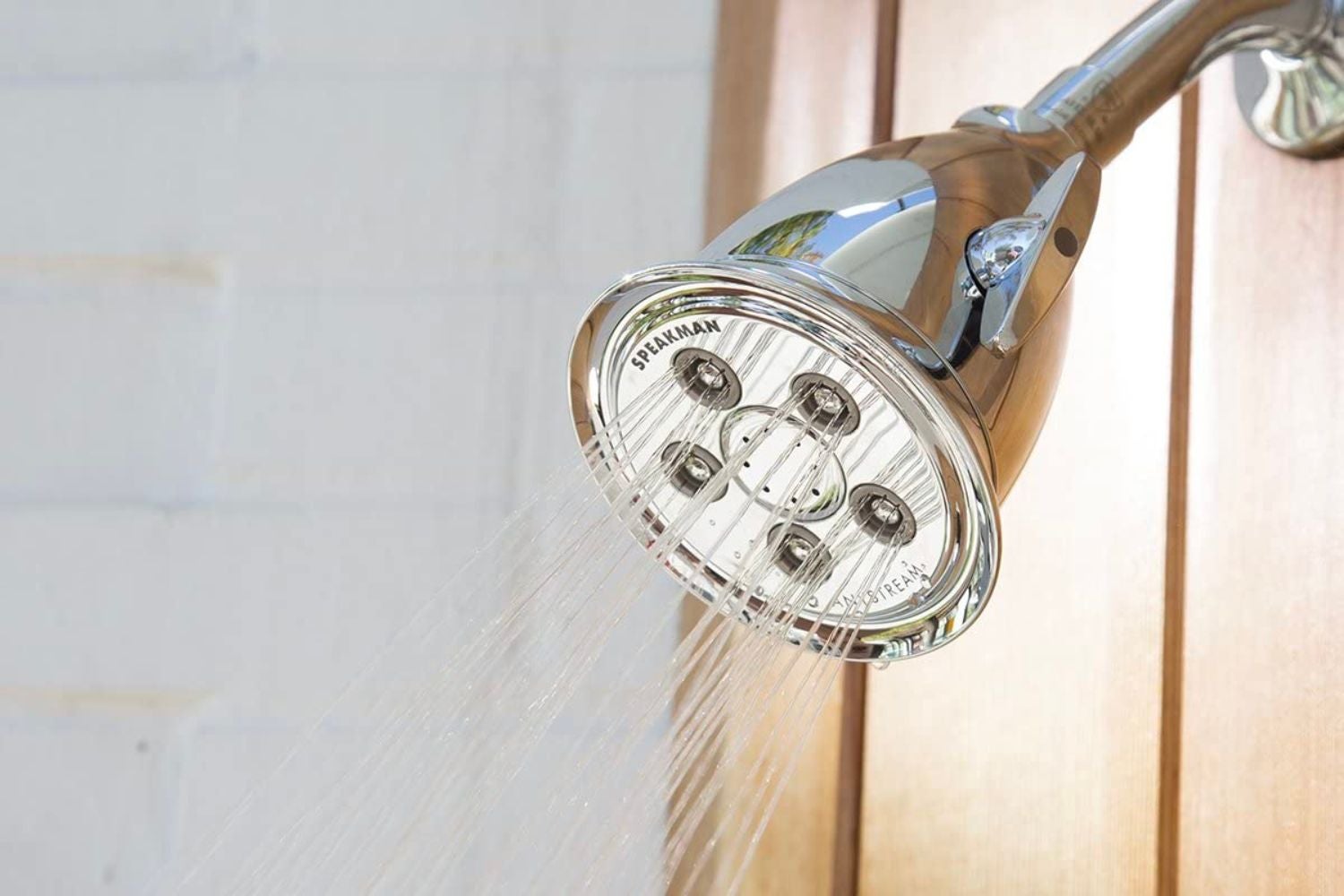

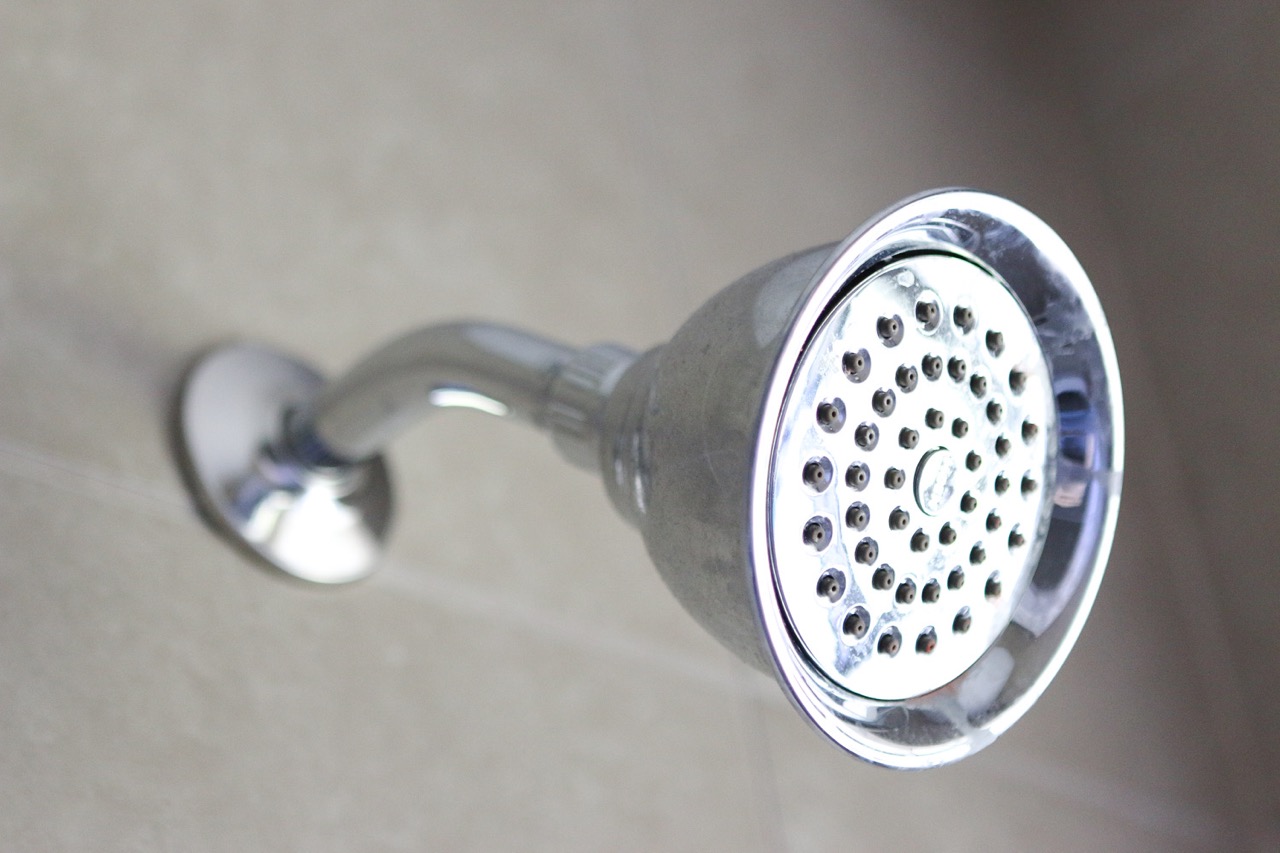
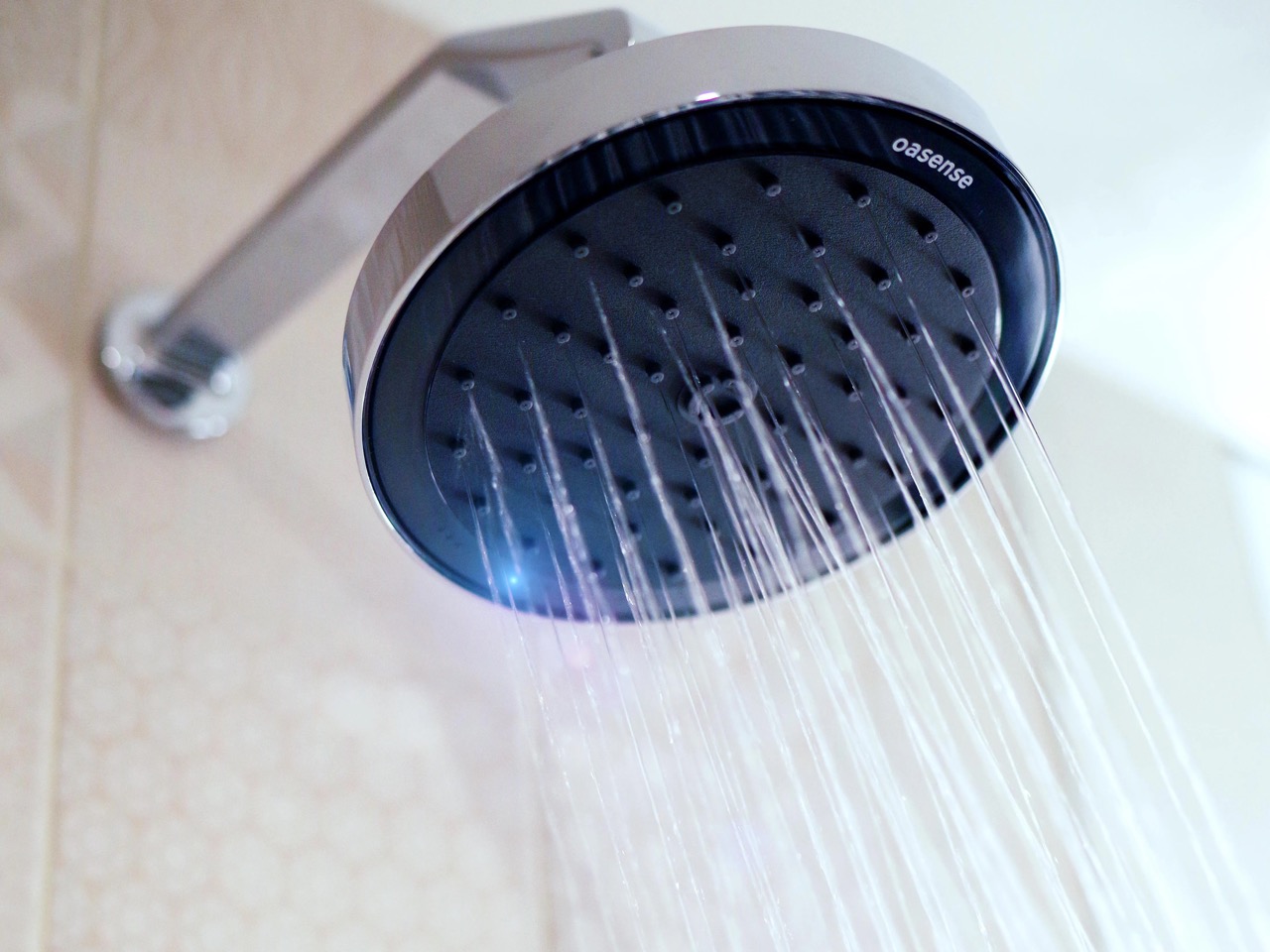
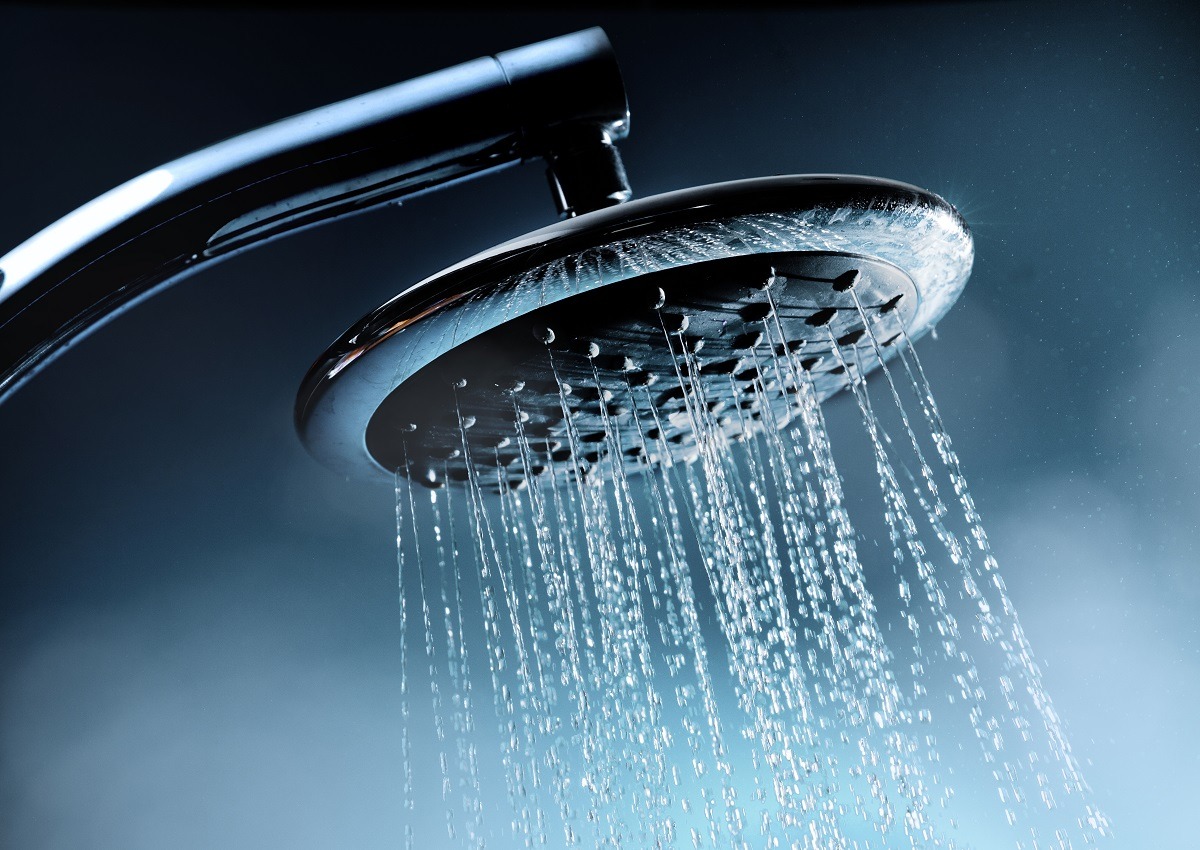
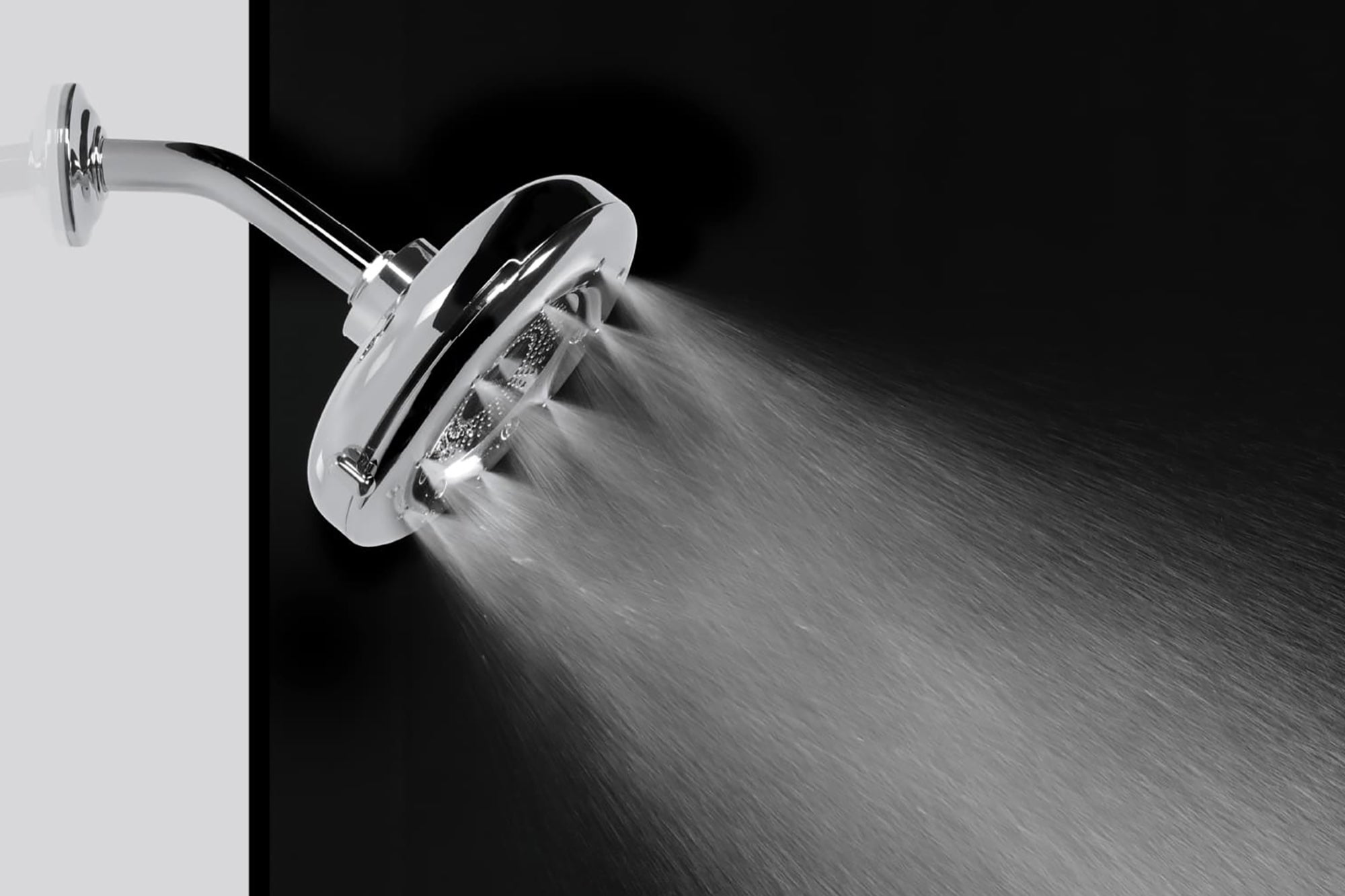
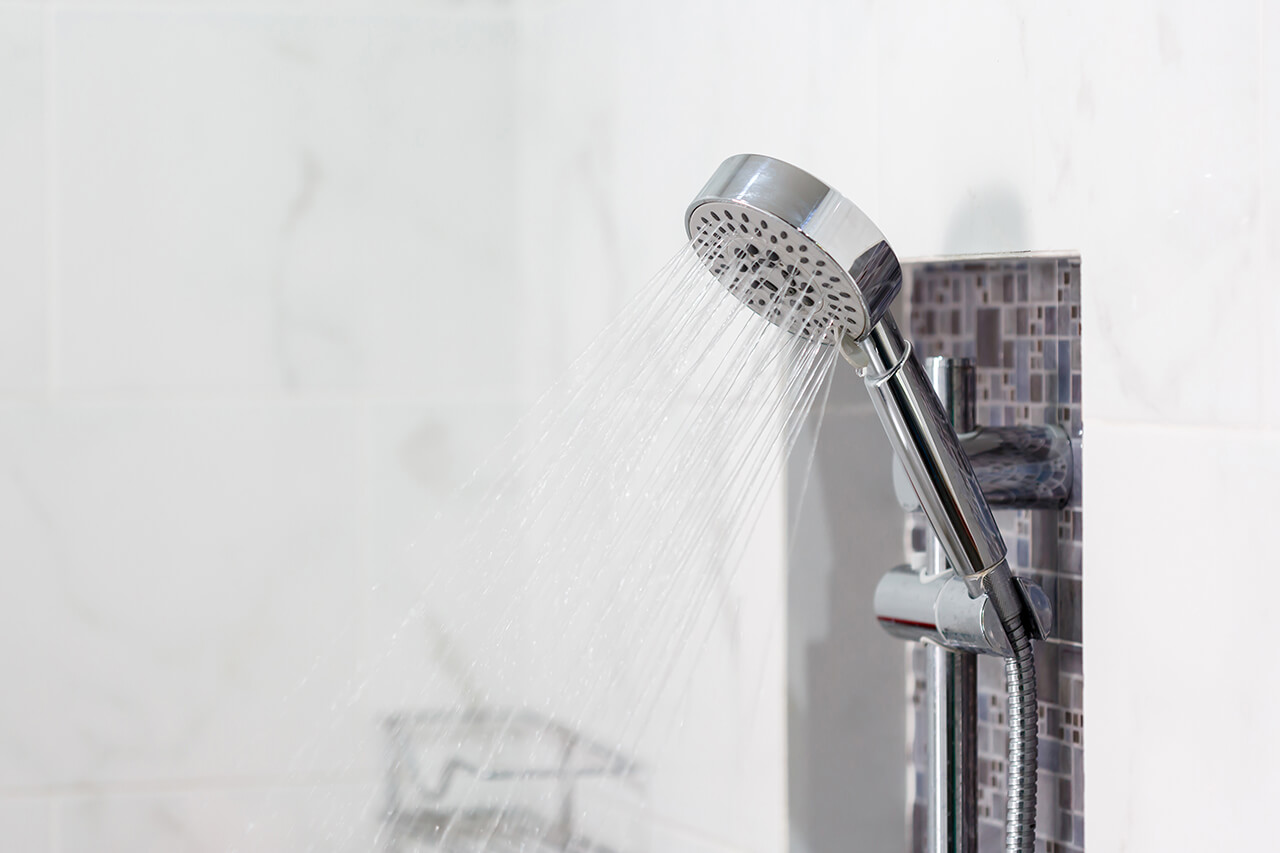
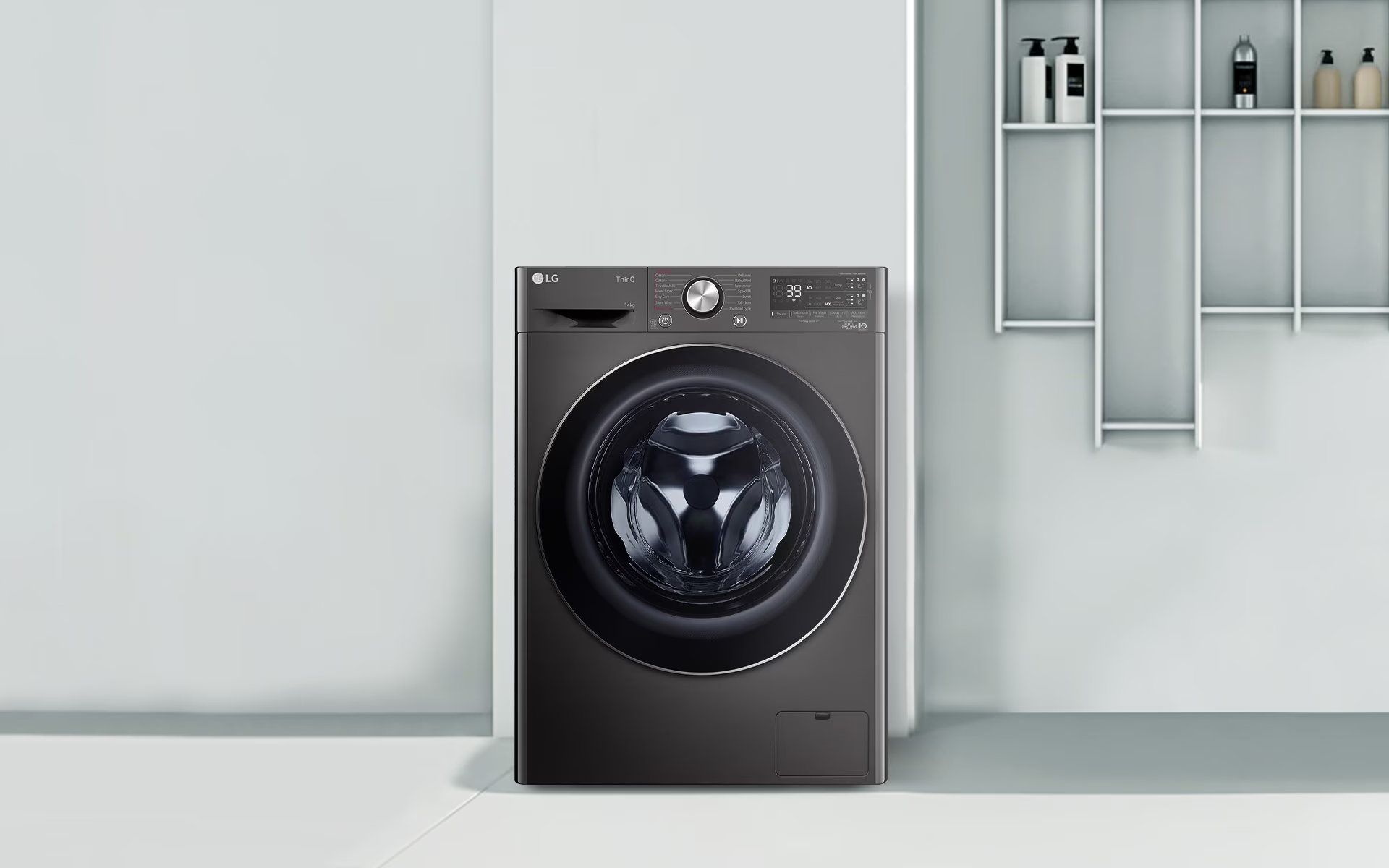
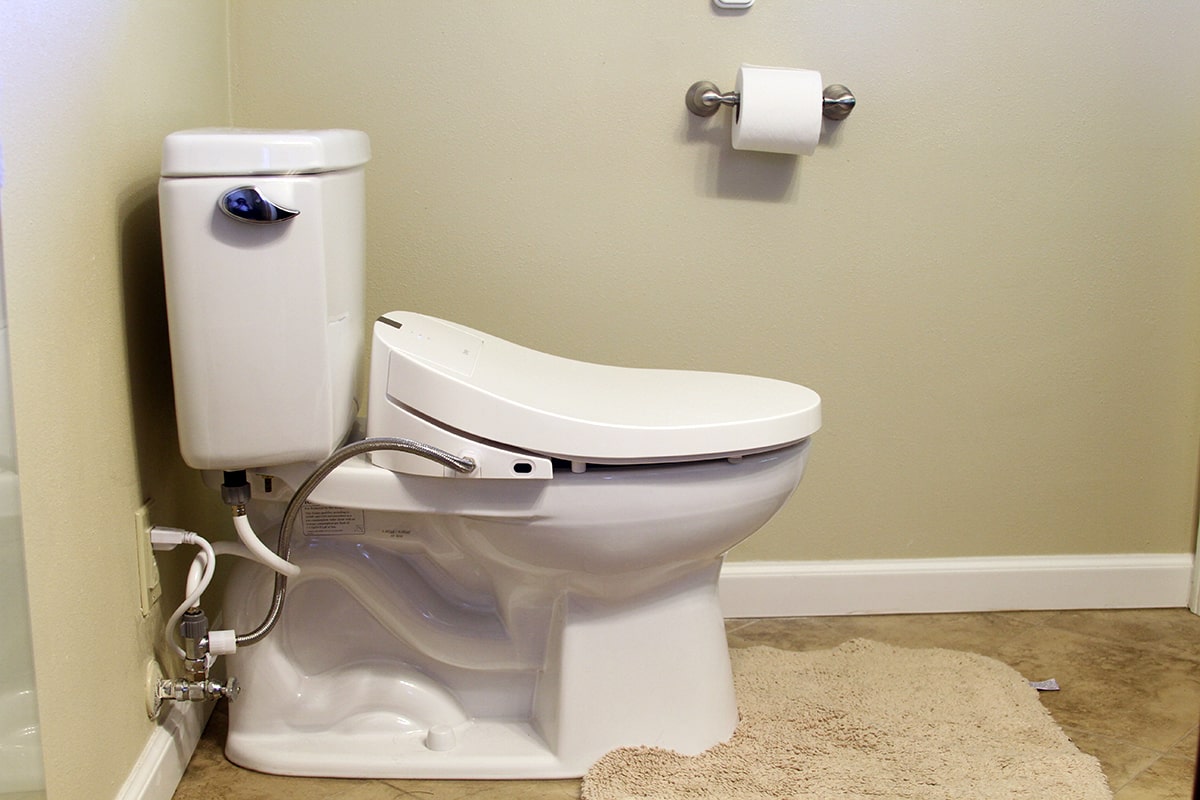
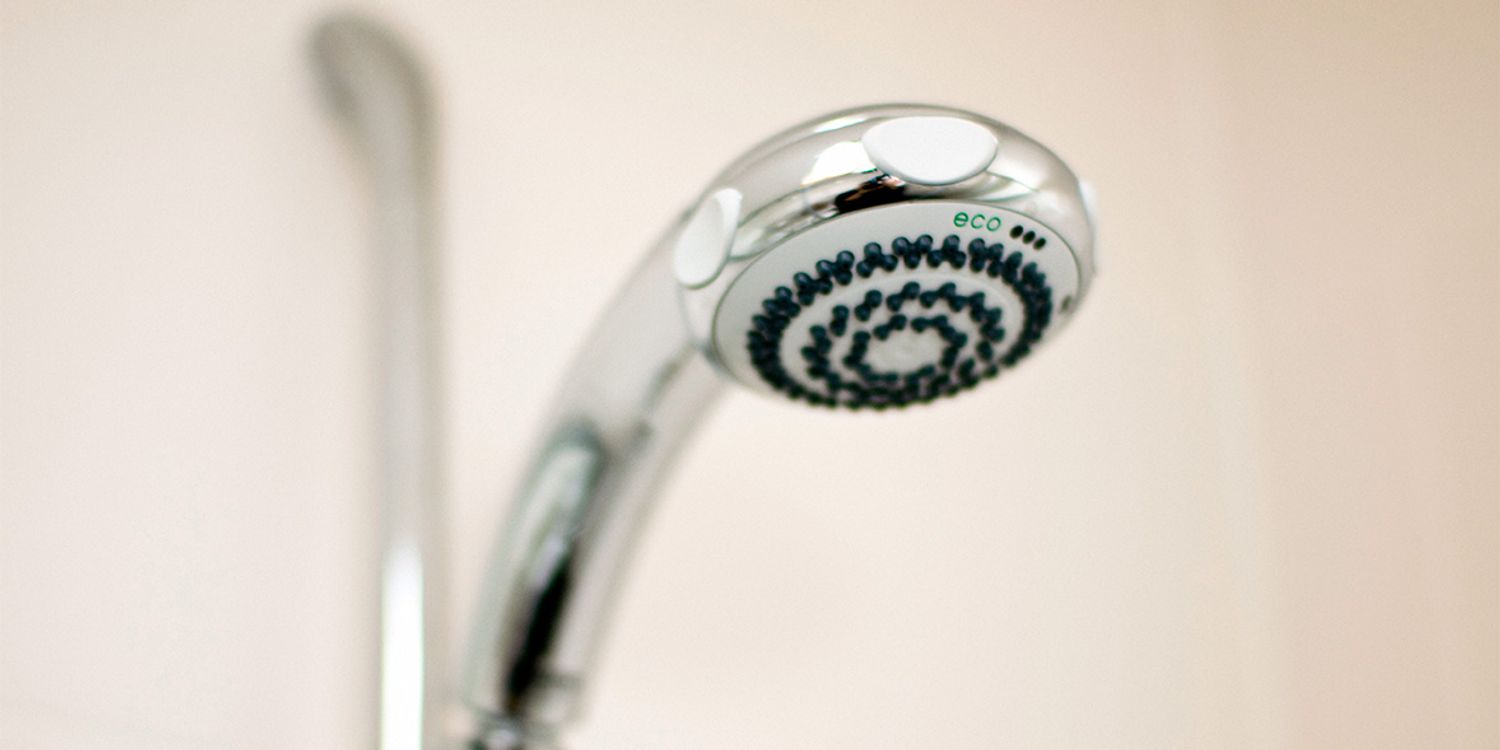

0 thoughts on “How To Increase Water Pressure At Showerhead”